Since its formal inception in 1946, Stebbing’s recording and music production business continues to be a significant part of New Zealand’s music history – from the days of 78 rpm shellac recording to the age of the CD, the DVD and the digital download.
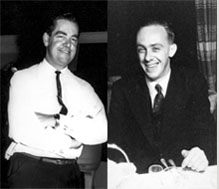
Eldred Stebbing’s association with recording music began when he and his older brother Phil Stebbing recorded concerts put on during the war years by the American Red Cross to entertain American troops in NZ. One of the most famous was by US jazz/swing legend Artie Shaw who was here on tour in 1943.
By the end of the war in 1945, Eldred and his new bride Margaret had committed their working lives to recording music. Early in ’46 they started their first studio at their home in Methuen Rd, Avondale.

Eldred and Margaret recorded music of many genres in their Methuen Rd studio, in community and school halls and in musicians’ own homes. They recorded sound for weddings and recorded commercials for radio, via a telephone link to their studio.
By 1950 Eldred had established his second studio in the Pacific Buildings in Queen St, Auckland city, extending the couples’ enterprise to manufacture 78 rpm shellac records from their pressing plant in Great North Rd, Grey Lynn.
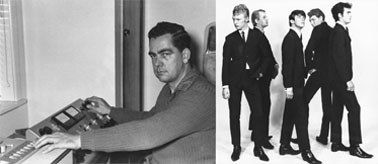
By 1959 the Stebbing family had moved into Saratoga Ave in Herne Bay central Auckland, establishing their famous basement studio beneath their family home the following year. Famous bands with legendary connections to that Saratoga Ave studio, include: Ray Columbus and the Invaders, the Hi Revving Tongues, the La De Da’s and the PleaZers.
From 1965 to 1967 Stebbings ran their live music nightclub venue marketed as the Galaxie Lounge in a building where Auckland’s Downtown Centre now stands at the bottom of Queen St.
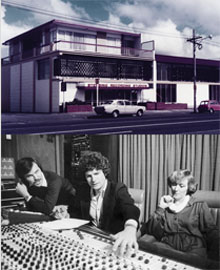
The 1970s saw Stebbing’s boldest expansion to date with the establishment of their purpose-built music and commercial studios in Jervois Rd, Herne Bay. Still more significant artists and bands came out of this studio, including country star Patsy Riggir, as well as Hello Sailor and Th’Dudes. Legendary, award-winning advertising campaigns were produced in this period and include the audio for the ‘Dear John’ BASF tape ad and the iconic Cadbury’s ‘Crunchie’ train commercial.
In the early 1980s Stebbings extended its facility to include two more studios as well as audio and video cassette production facilities; the latter signalling Stebbing’s foray back into manufacturing audio product.
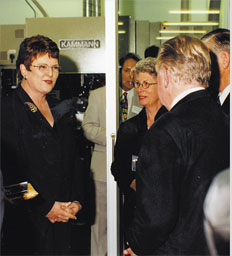
This decade saw Stebbing’s multi-million dollar expansion into the new CD and DVD market with the building of its purpose-built state-of-the-art plant in Ponsonby near the studios. By 1998 Stebbings was manufacturing CDs for all the major record labels for the domestic and international market. In 2003 they further extended their investment to their on-site mastering, replication and packaging facility to produce DVDs. To this day, Stebbings is still New Zealand’s sole manufacturer of DVDs.
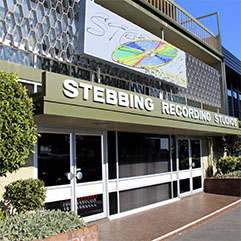
The move into the digital age is a complement to Stebbing’s ongoing CD and DVD production, and the requests of the few bands (– yes, some bands still want cassettes) – who want their product recorded, mastered and packed in cassette shells.
The studios today boast not only a treasure trove of well-maintained analogue equipment, but also the latest technologies, including: high-end converters, Pro Tools digital work stations, soundBlade mastering software and more.
The Stebbing team also act as digital distributors for independent labels and artists – enabling artists to not only record, manufacture and output their music on-site, but get it up for online sale too.
For almost 70 years, Stebbing has stayed true to its commitment of producing a recorded sound that re-creates the experience delivered by its musicians. Be it an in-club environment, a studio, or an orchestra pit; the Stebbing team pride themselves on their versatility to produce product that makes for the best possible listening experience – no matter the genre or medium outputted.